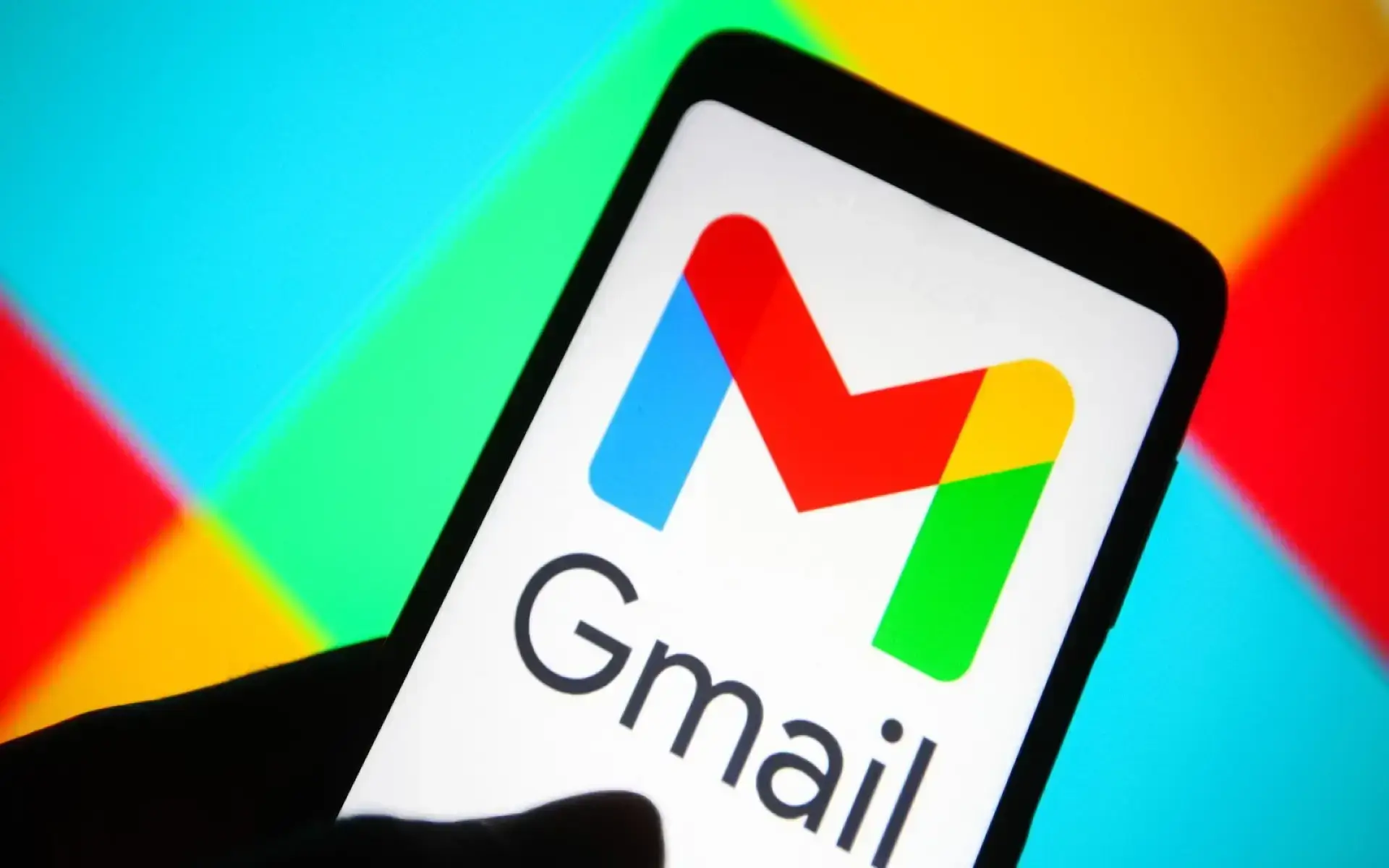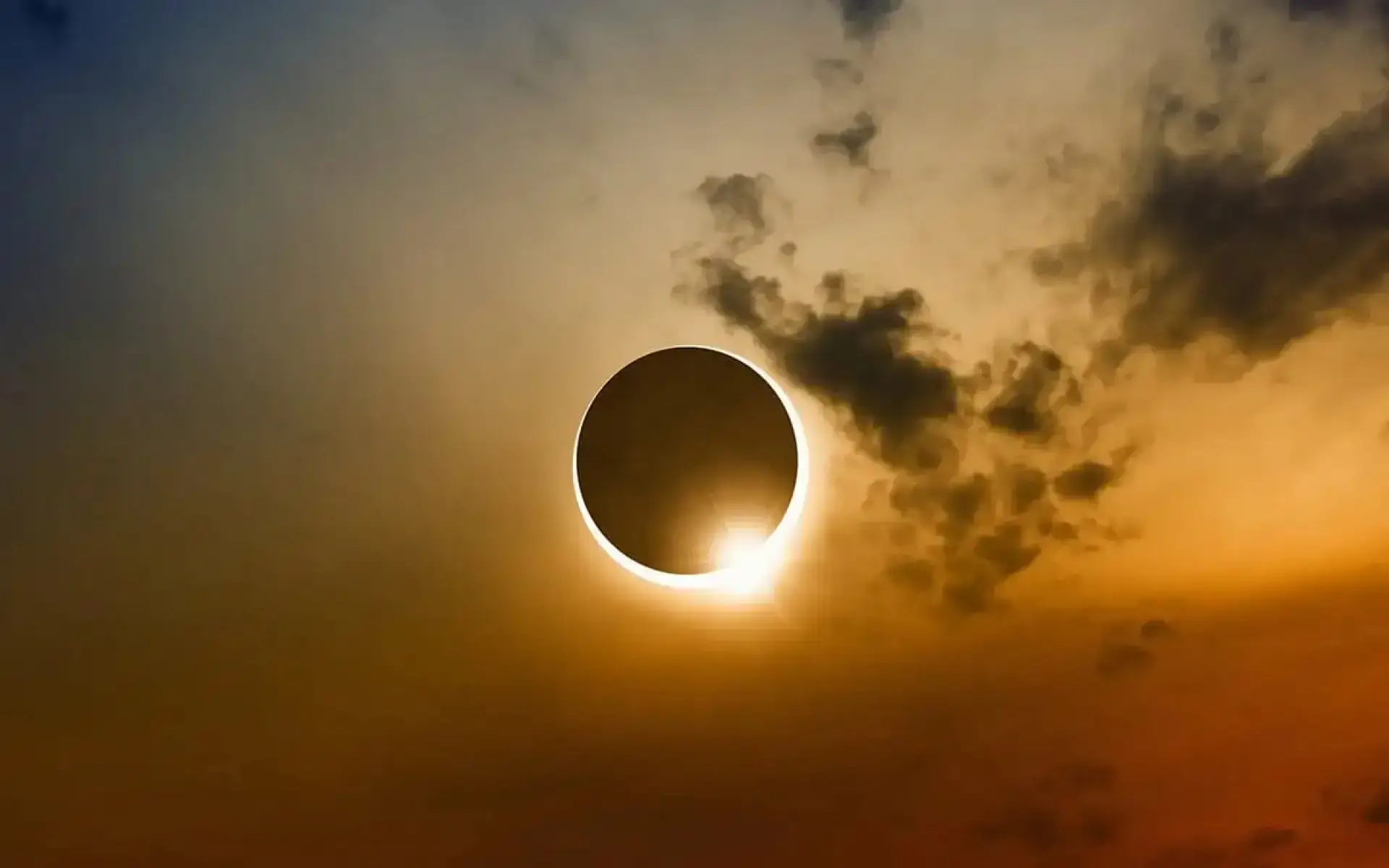Larry Page and Sergey Brin, the co-founders of Google, had a penchant for pranks. They enjoyed fooling around and came up with outrageous ideas every April Fool’s Day, shortly after they started their company more than 25 years ago.
They once posted a job opening for a research center on the moon named Copernicus. On another April Fool’s Day, the company claimed to introduce a “scratch and sniff” feature on its search engine. These pranks were so far-fetched that people began to laugh them off as another instance of Google shenanigans.
On one April Fool’s Day, Page and Brin decided to launch a product that nobody would believe was possible 20 years ago. It was Gmail, a free email service offering 1 GB of storage per account. Today, 1 GB may sound modest in an era of 1-terabyte iPhones, but back then, it was an incredible amount of email capacity.
At the time, leading webmail services, such as Yahoo and Microsoft, could only store between 30 to 60 emails before running out of space. In contrast, Gmail could store about 13,500 emails, providing 250 to 500 times more email storage space.
Marissa Mayer, a former Google executive who helped design Gmail and later became Yahoo’s CEO, explained the original pitch for Gmail. It was all about the three ‘S’s — storage, search, and speed.
Gmail was not only about massive storage; it was also integrated with Google’s search technology. This feature allowed users to quickly retrieve information from an old email, photo, or other personal data stored on the service. Moreover, Gmail automatically threaded together a series of communications about the same topic, creating a single conversation flow.
When the Associated Press reported about Gmail on April Fool’s 2004, readers began contacting the news agency, thinking it was a victim of Google’s prank. Paul Buchheit, the former Google engineer who built Gmail, said that part of the charm was creating a product that people wouldn’t believe was real.
The development of Gmail took three years as part of a project called “Caribou,” a reference to a running joke in the Dilbert comic strip. Buchheit, the 23rd employee hired at Google, enjoyed the idea of creating a product that people wouldn’t believe was real.
An AP reporter had the opportunity to get a sneak peek of Gmail when he was invited to Google’s headquarters in Mountain View, California. Larry Page, who was just 31 years old at the time, showed off Gmail’s sleekly designed inbox and fast operation within Microsoft’s now-retired Explorer web browser.
Page pointed out that there was no delete button in the main control window because it wouldn’t be necessary, given Gmail’s substantial storage and easy search functionality. He predicted that people would love the new service.
As Page predicted, Gmail was a hit. It now has an estimated 1.8 billion active accounts, each offering 15 GB of free storage bundled with Google Photos and Google Drive. The desire to store email, photos, and other content has led Google and other companies to profit from selling additional storage capacity in their data centers.
Gmail also changed the game in several other ways and became the first step in Google’s expansion beyond its dominant search engine. After Gmail, Google introduced Google Maps, Google Docs, YouTube, the Chrome browser, and the Android operating system.




